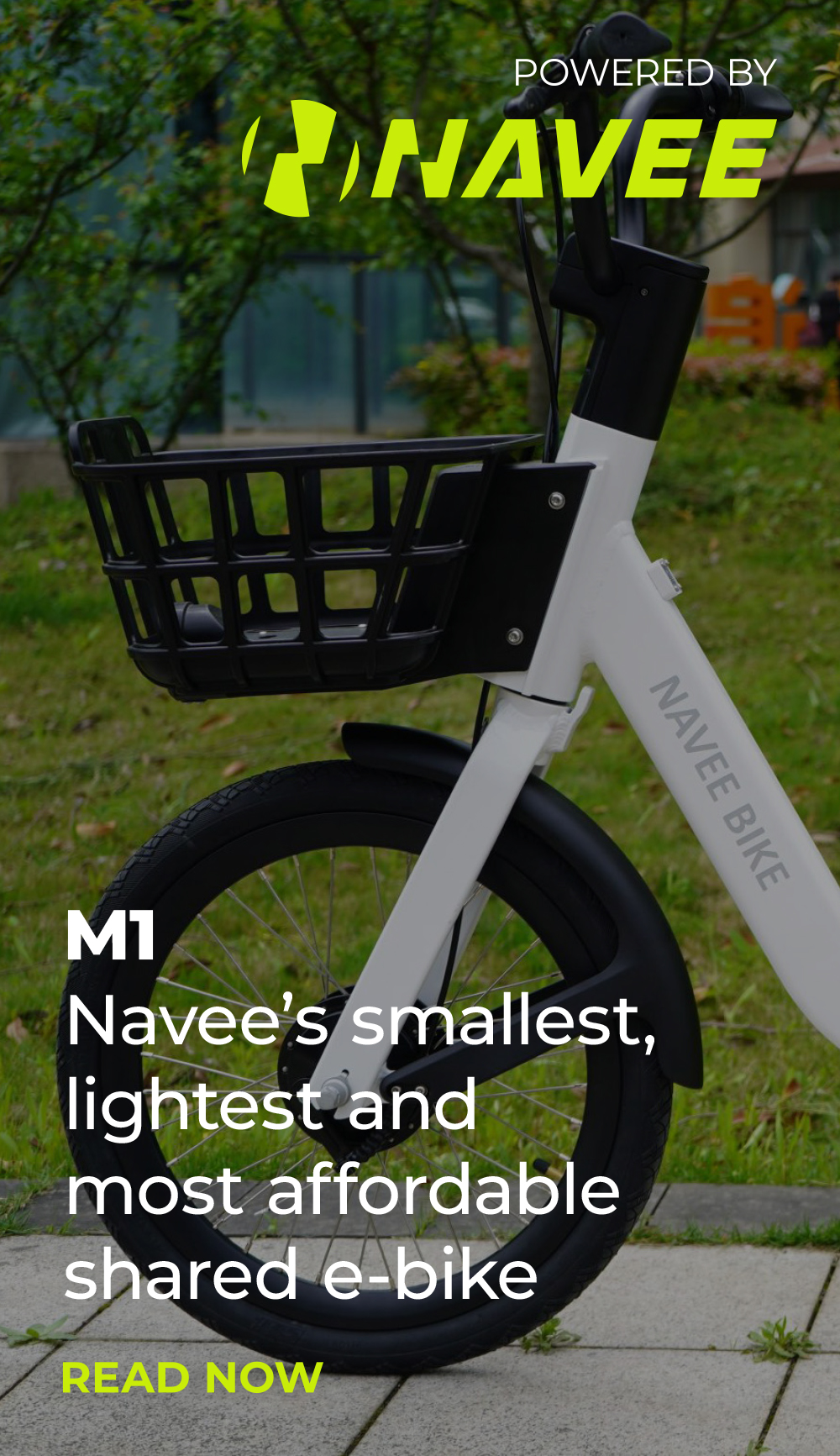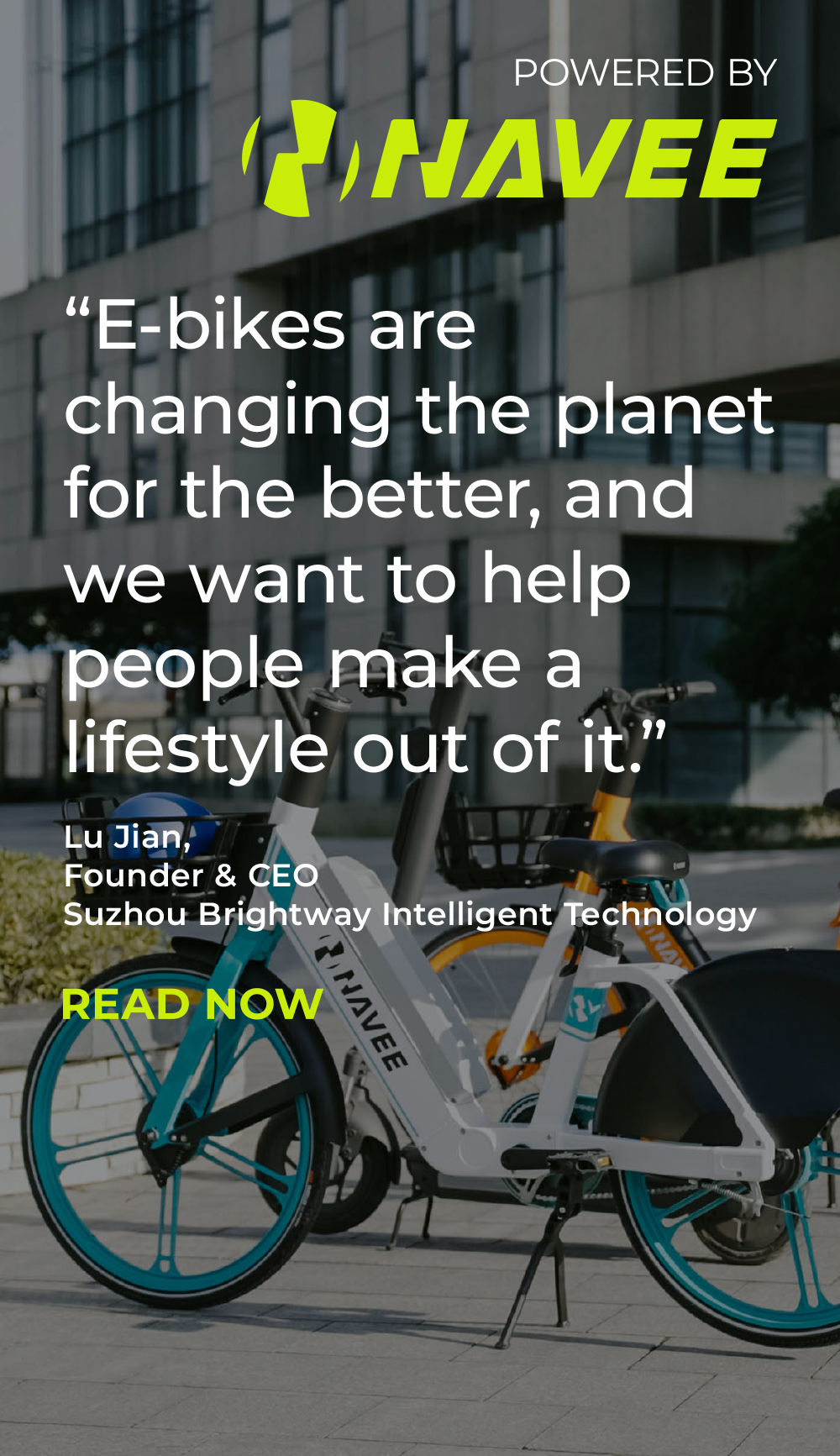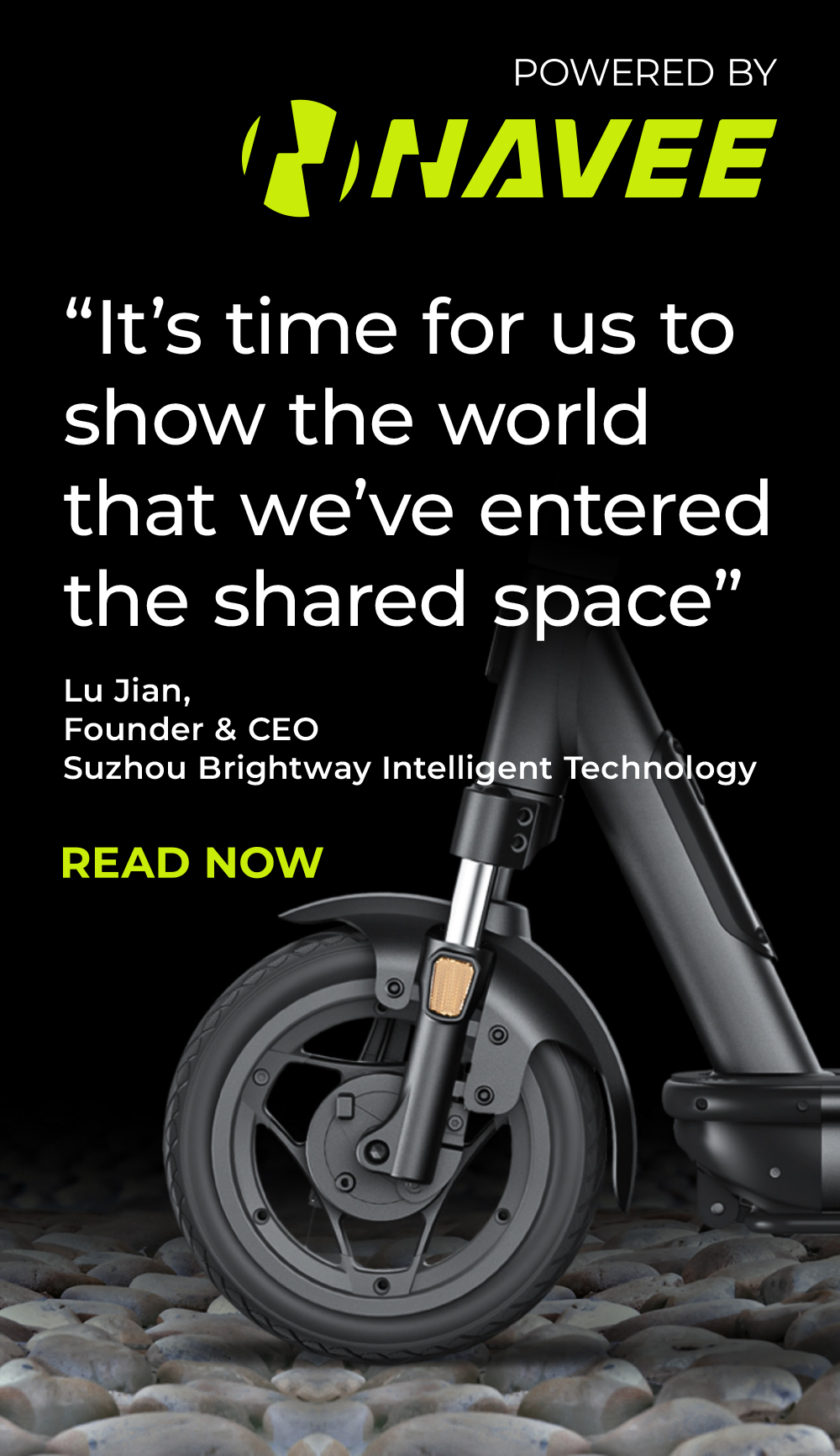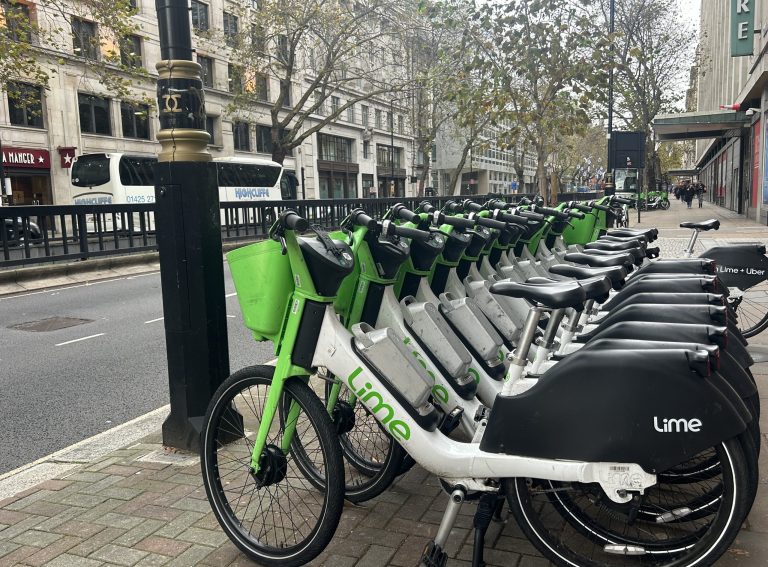Shared micromobility operator Lime is introducing interchangeable batteries to its newest fleet of Gen4 e-bikes launched in London today.
This means the batteries can be swapped with Lime’s e-scooters. Previously the vehicles had two different battery systems.
“There’s clearly a big efficiency benefit with this as we no longer need to charge two different batteries,” said Alan Clarke, Lime’s Senior Director of Policy for Northern & Eastern Europe who spoke with Zag Daily.
“But it doesn’t stop there. Other component parts like the bells, handlebar grips, and light bulbs are also interchangeable bringing efficiencies for our maintenance and repair teams. If we bring the vehicle into our service centre we then have lots of spare parts, speeding up the time it takes to get it back out on the streets.”
Other upgrades with Lime’s Gen4 include a boost in motor power to help riders easily climb hills; an automatic two-speed transmission eliminating the prior generation’s gears for easier acceleration; and a modular design extending the usable life to five years.
Most of Lime’s current red e-bikes will be replaced by the end of July.
Lime wins Hackney tender
Separately, Lime has also just signed an exclusive contract with the London borough of Hackney to deploy an initial 400 e-bikes for up to four years.
“We have been inundated with requests from people asking when our bikes are coming to Hackney so we’re really pleased to be able to now serve these customers,” said Clarke.
This means Lime now has more than 2,000 e-bikes dotted across London, with more than six million rides delivered.
And as the warm weather and rail strikes hit the capital, this upward trend looks set to continue.
This Tuesday the total e-bike rides were up +48% and first-time e-bike riders were up +260%.
“We do target deployment of new hardware for times of the year when people are going to be using a bike for the first time, which we think is early summer,” said Clarke.
“Also, on a week when there’s a tube strike, this is a really good opportunity to get people trying a new form of transport. The last time there was a tube strike in London, our usage went up by 95% compared to the same day the previous week.”
Clarke added: “What we know is that we’re only just scratching the surface of that demand. There are a lot more people out there who want to try our products so that’s really exciting for us.”






